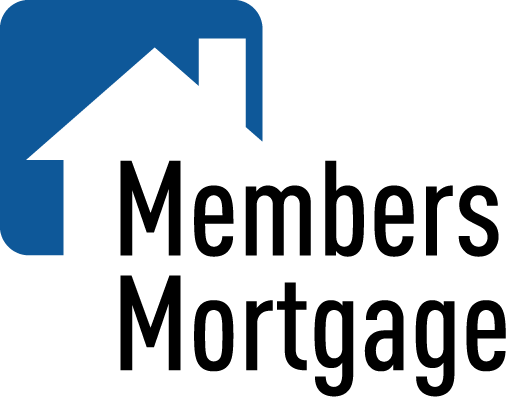We’re looking at a tale of two economies: BC (before the coronavirus) and AC – after the virus became a pandemic that shuttered businesses, confined millions of Americans to their homes, triggered a series of emergency measures by the Federal Reserve, and prompted Congress to approve trillions of dollars in assistance for businesses and consumers. Virtually overnight, the virus brought what had become the nation’s longest uninterrupted period of economic growth to a screeching, brutal halt.
Nowhere was that shift more evident than in the labor market. The economy shed 701,000 jobs in March, a gut-wrenching decline that doesn’t include the last two weeks of the month, when more than 10 million workers filed for unemployment insurance. In the Great Recession, it took 27 weeks to reach that level of initial unemployment claims, a report from ANZ Research noted. The pandemic produced that statistic in two weeks.
The unemployment rate jumped to 4.4 percent from February’s 3.5 percent, which was a 50-yer low. Some analysts are predicting that the rate could hit 20 percent before the economy begins to recover.
“Shockingly Bad”
The February labor report was “shockingly bad and an understatement of the damage already done to the US economy,” Nick Bunker, economic research director at Indeed Hiring Lab, told the Wall Street Journal. “ If this is an indication of what was happening before the full force of the crisis hit, then it will be hard to come up with the words to describe the numbers in future months,” he added.
The housing market also reflects a before and after virus pattern. Building on January’s stronger-than expected performance, existing home sales hit an annual rate of more than 5.7 million in February, beating the year-ago level by 7.2 percent and posting the eighth consecutive monthly year-over-year gain.
After reaching a 13-year high of 764,000 units (annualized) in January, new home sales slipped a bit in February, but were still more than 14 percent higher than the same month last year.
Pending sales ─ a National Association of Realtors (NAR) index predicting future sales of existing homes ─ also increased again in February, beating the year-ago reading by 9.4 percent.
"February's pending sales figures show the housing market had been very healthy prior to the coronavirus-induced shutdown," Lawrence Yun, the NAR's chief economist, said in a press statement. Statistics for March and April will indicate “just how hard the housing market was hit,” he noted, “but I am optimistic that the [Congressional] stimulus package will lessen the economic damage and we may get a V-shaped robust recovery later in the year."
Dramatic Decline
A recent report by Redfin provides a hint of just how much damage the housing market has suffered thus far. The company calculates that pending home sales fell by more than 40 percent in March compared with the same month last year, while the number of listings withdrawn from the market soared. In the last week of the month alone, 4 percent of the listings (more than 28,000 of them) were removed – about double the average in a normal market, Redfin reported. The 58,000 new listings added that week represented a decline of 33 percent compared with the same period last year. The median asking price for listed homes fell by more than $20,000 during the last two weeks of the month.
Real estate agents and home builders are reporting a decline in foot traffic, as layoffs rise and local and state orders keep prospective buyers homebound. Capital Economics predicts that the sales rate for the normally robust spring market could fall 35 percent below the rate reported for what was a lackluster fourth quarter.
Schizophrenic Policies
Federal housing policies, meanwhile, have become somewhat schizophrenic. Fannie Mae, Freddie Mac, the FHA and the VA have all relaxed their requirements for approving mortgages, allowing drive-by and desktop appraisals in lieu of the inside inspections that are normally required, and accepting alternatives to verbal verification of employment.
But the governmental housing finance agencies have also tightened their underwriting guidelines, requiring documents verifying income and assets to be no more than two months old (down from four months), “in order to ensure that the most up-to-date information is being considered to support the borrower’s ability to repay.”
For self-employed borrowers, lenders must verify that the borrower’s business is viable no more than 10 days before the loan origination date, reflecting an awareness of how rapidly some small businesses are running out of the money needed to sustain their operations.
Housing industry analysts and some economists are predicting that the ebbing of the virus and the massive government stimulus programs will cushion the impact of the downturn and produce a recovery that could begin in the second half of this year. Sharmin Mossayar-Rahmani, chief investment officer at Goldman Sachs, thinks that forecast is possible, but far from certain.
“It depends on a number of factors, including the severity and length of the outbreak, how quickly spending recovers when it abates, and the effectiveness of monetary and fiscal policy in providing support,” he noted in a note to clients.
As millions of Americans remain locked down, businesses remain closed and the virus numbers continue to climb in many parts of the country, all of these variables remain unanswered questions, making recovery predictions, at least for now, more akin to wishful thinking than to an economic forecast.



